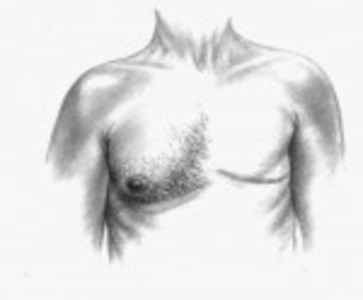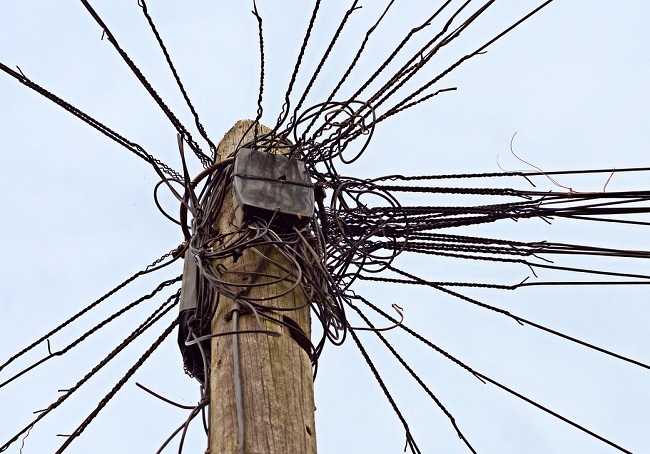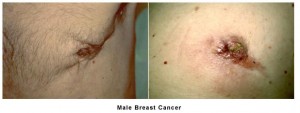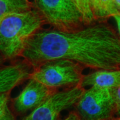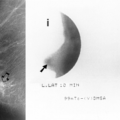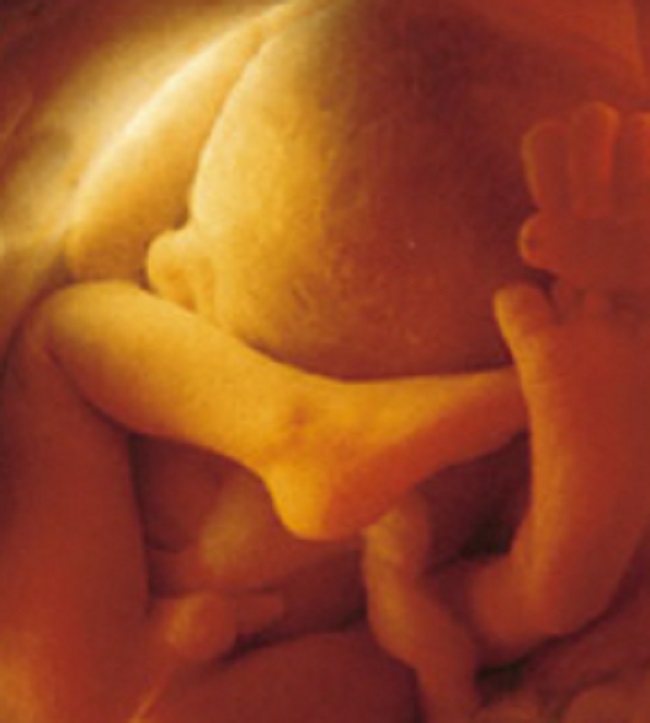Male breast cancer is rare. It accounts for less than one percent of all new cases and only about 2100 men are diagnosed annually. This is compared to ~288,000 women who diagnosed with breast cancer in 2011. Perhaps because it is so rare, male breast cancer does not receive the attention it deserves. That may change. A cluster male breast cancer patients, marines from Camp LeJeune, is bringing attention to this oft forgotten disease and may help re-frame the role of environmental toxins in all breast cancers.
Environmental Exposure and Breast Cancer
The American Cancer Society attributes only 6% of all cancers to environmental toxins. In contrast, a report by the President’s Council on Cancer, published in 2010 suggests that the connection between environmental toxins and cancer is grossly underestimated. The report points to the 80,000 unregulated chemicals on the market today that have either never been studied at all or have been studied only minimally. The report indicates that our understanding of environmental and occupational hazards is limited at best.
Increased Environmental Exposure and Higher Breast Cancer Among Troops
Young (25-35 year old) female military members are 20-40% more likely to develop breast cancer than their civilian counterparts. According to the Armed Forces Health Surveillance Center from 2001-2011:
- 800 women were injured on duty in Iraq and Afghanistan
- 874 were diagnosed with breast cancer
Researchers speculate that the chemical toxins common in the military are to blame, but data are limited and funding for additional research has stalled in Congress.
Enter a group of scrappy, angry, male marines diagnosed with breast cancer from Camp LeJeune. Reported in Mother Jones, these male breast cancer survivors are fighting and winning the battle to connect breast cancer to environmental toxins.
Over the last several decades, marines and residents of Camp LeJeune were exposed to a chemical cocktail in the water supply. Higher rates of leukemia, birth defects and a bevy of other cancers have been observed. More interestingly, 80 men from Camp LeJeune have been diagnosed with breast cancer. Researchers speculate that the high incidence of male breast cancer observed at Camp LeJeune may provide the clearest evidence to date connecting environmental toxins to breast cancer, male or female. Large scale, case control studies are underway, with data expected in 2014. Until then, we are left to wait and worry.
To learn more about the grass-roots efforts that led to the cancer studies, join a discussion board and/or register a disease, see:
- The Few, The Proud, The Forgotten
- The Agency for Toxic Substances and Disease Registry
- Semper Fi: Always Faithful
